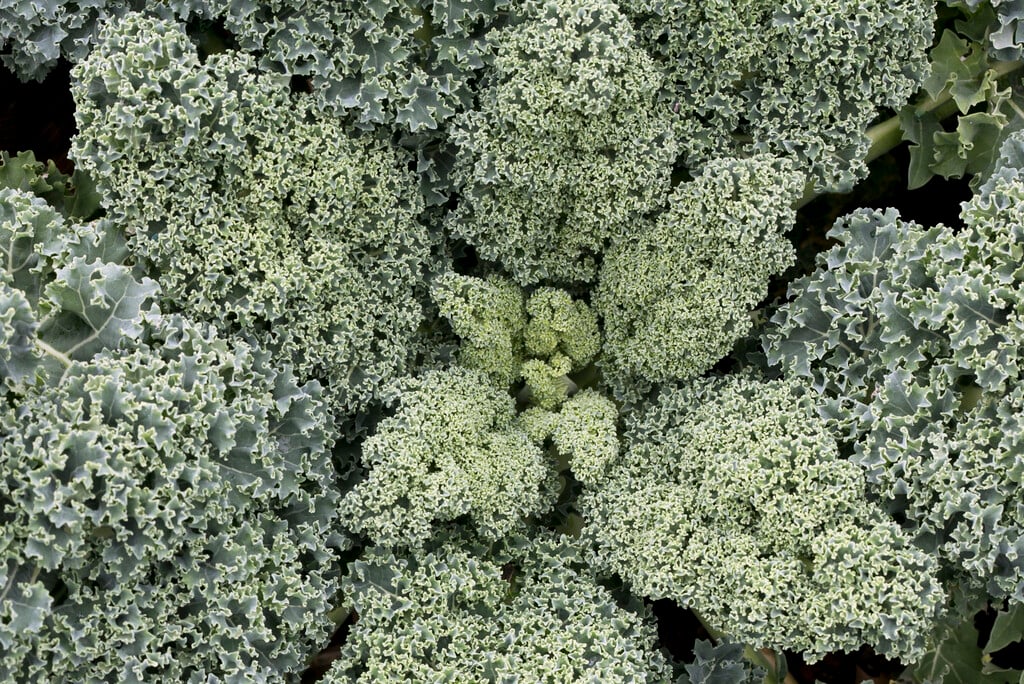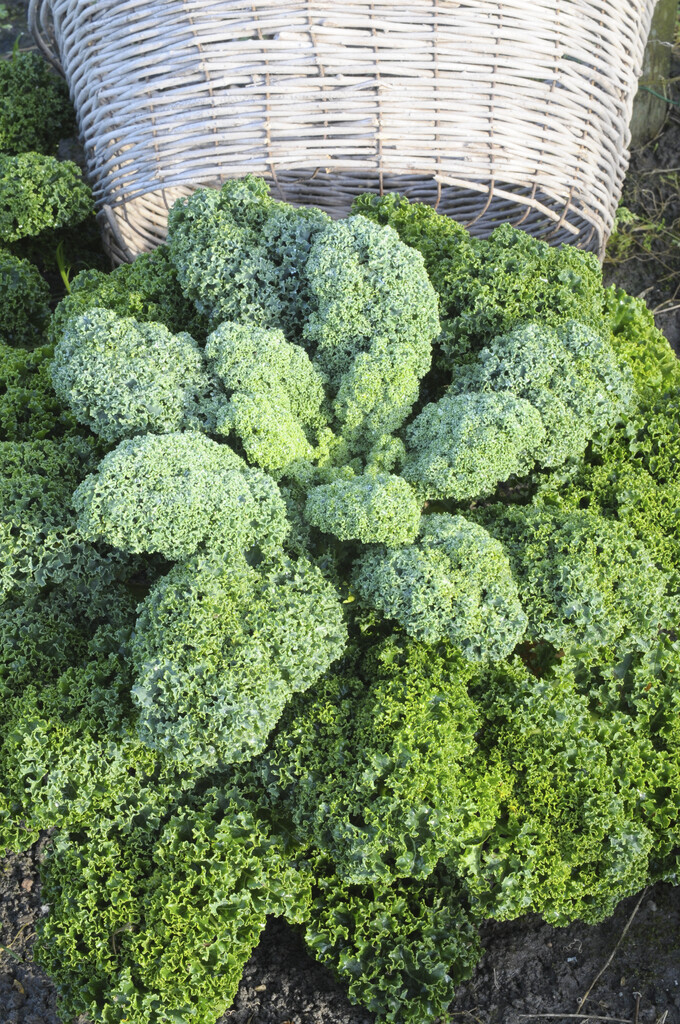Brassica oleracea (Acephala Group) 'Starbor'
borecole 'Starbor'
A compact cultivar producing plants to around 45cm tall and wide with densely-curled, blue-green leaves. Very winter-hardy enabling year-round harvesting or grow in containers indoors to provide baby leaves
Size
Ultimate height
0.1–0.5 metresTime to ultimate height
1 yearUltimate spread
0.1–0.5 metresGrowing conditions
Moisture
Moist but well–drained, Well–drainedpH
Alkaline, NeutralColour & scent
| Stem | Flower | Foliage | Fruit | |
| Spring | Green Blue | |||
|---|---|---|---|---|
| Summer | Green Blue | |||
| Autumn | Green Blue | |||
| Winter | Green Blue |
Position
- Full sun
- Partial shade
Aspect
East–facing or North–facing or South–facing or West–facing
Exposure
Exposed or Sheltered Hardiness
H5Botanical details
- Family
- Brassicaceae
- Native to GB / Ireland
- No
- Foliage
- Deciduous
- Habit
- Clump forming
- Genus
Brassicas can be annual, biennial or perennial plants, most are upright with alternate, often glaucous leaves, long taproots and clusters of cross-shaped, yellow or white flowers. The genus includes a number of species bred to produce food crops, such as cabbages, turnips, mustards and oilseed rape, as well as others grown for their ornamental value
- Name status
Accepted
How to grow
Cultivation
Prefers well drained, alkaline soil. Water regularly in dry periods and add a mulch. See Grow Your Own guide to kale for further information
Propagation
Propagate by seed. See sowing vegetable seeds
Suggested planting locations and garden types
- Patio and container plants
Pruning
Remove young leaves from the main crown from mid-autumn onwards. Side shoots can be harvested from mid-winter until late spring
Pests
May be susceptible to caterpillars, cabbage whitefly, aphids, flea beetles and slugs and snails
Diseases
May be susceptible to black rot, downy mildew, foot and root rot, grey mould, leaf spot and white blister
Love gardening
Sign up to receive regular gardening tips, inspiration, offers and more
View our Privacy Policy
Get involved
The Royal Horticultural Society is the UK’s leading gardening charity. We aim to enrich everyone’s life through plants, and make the UK a greener and more beautiful place.

